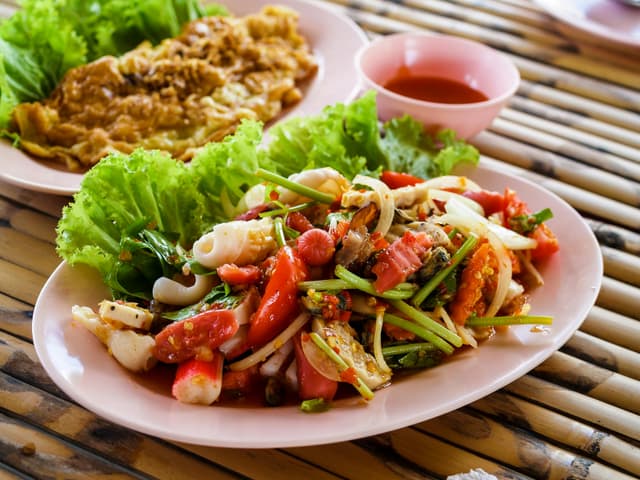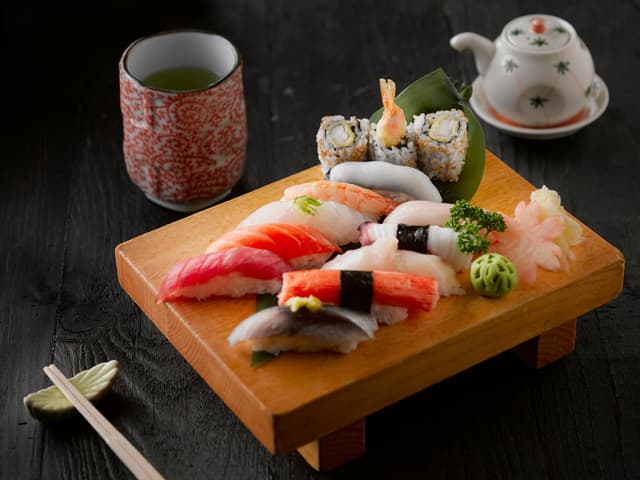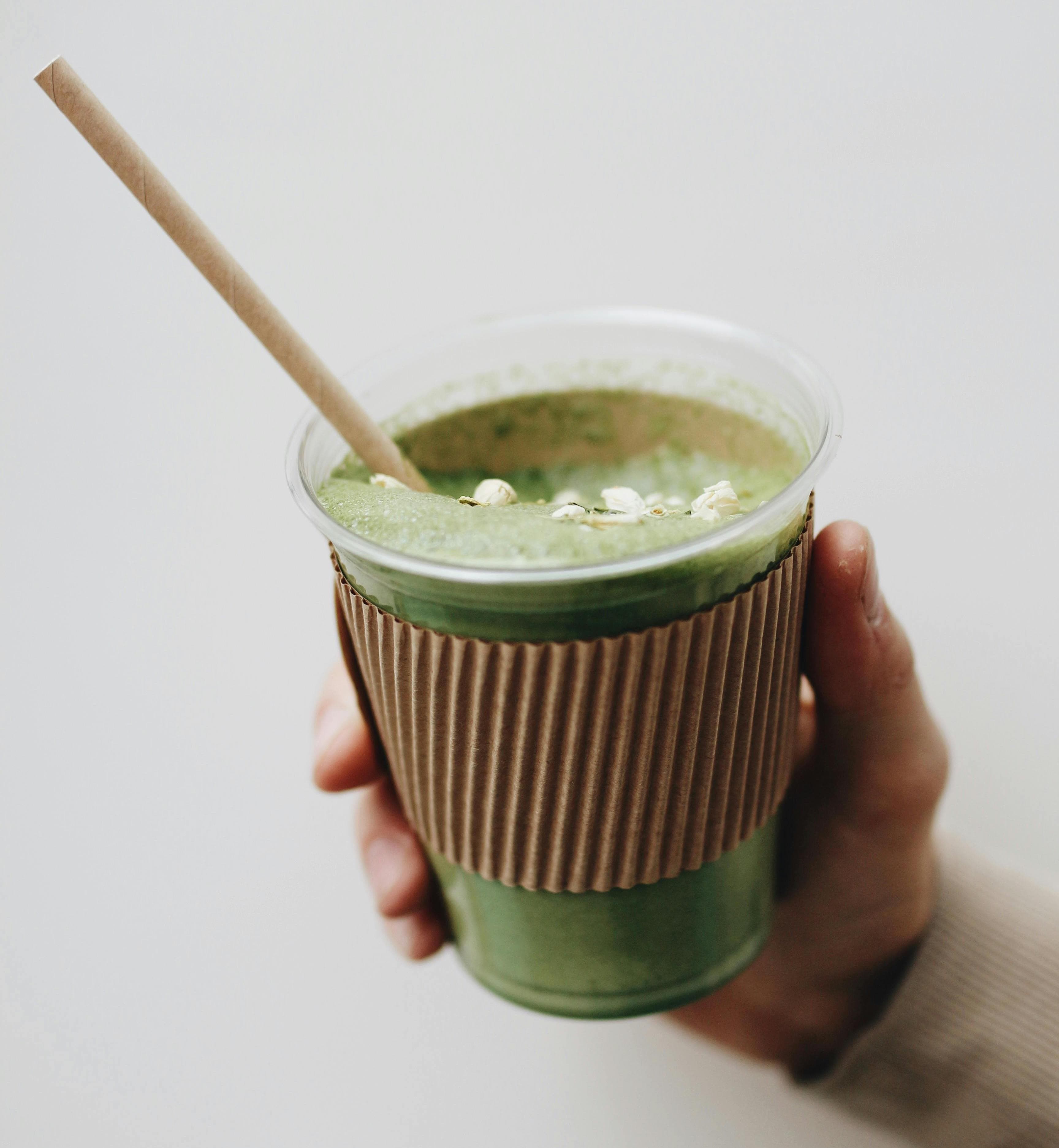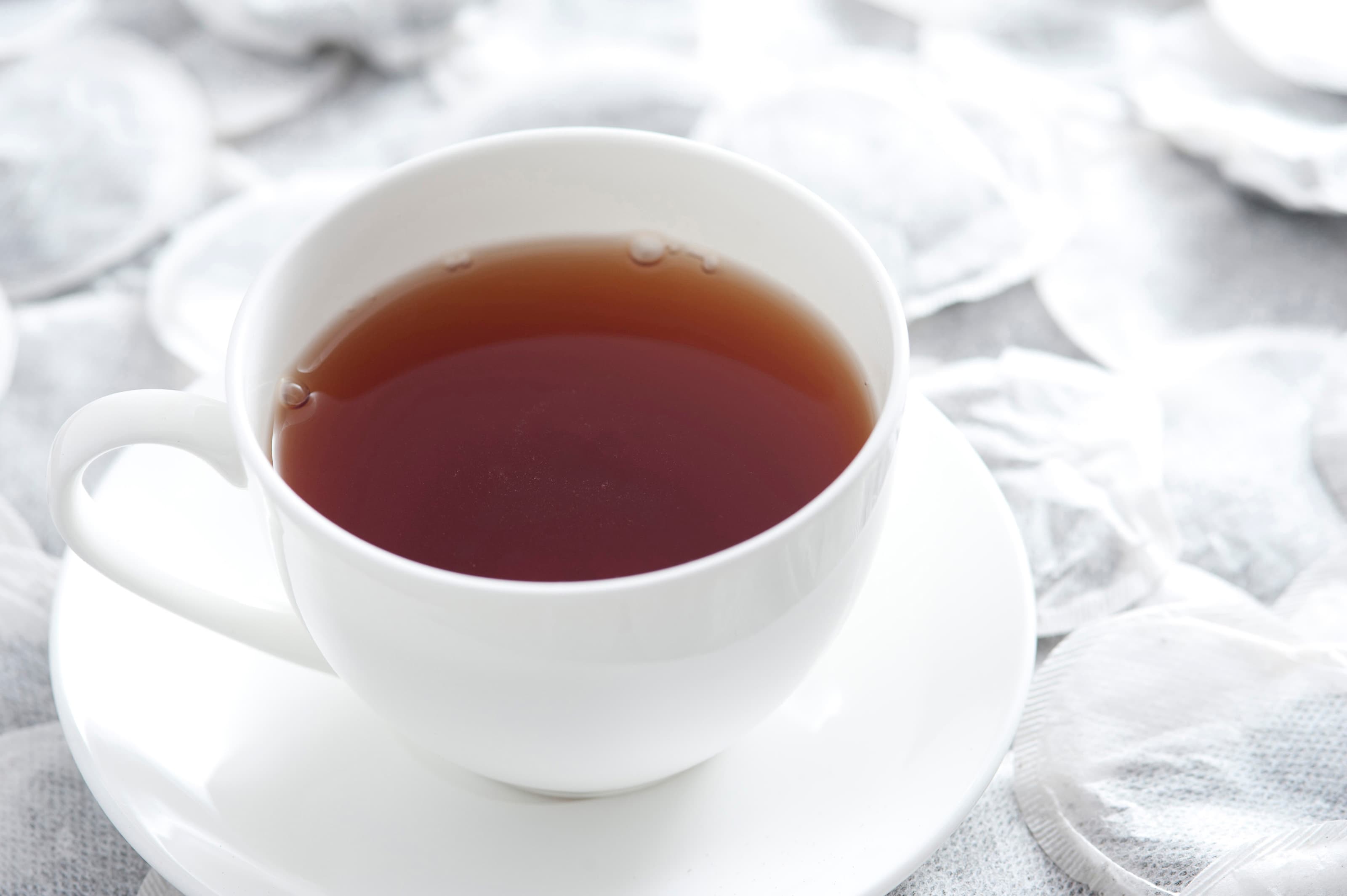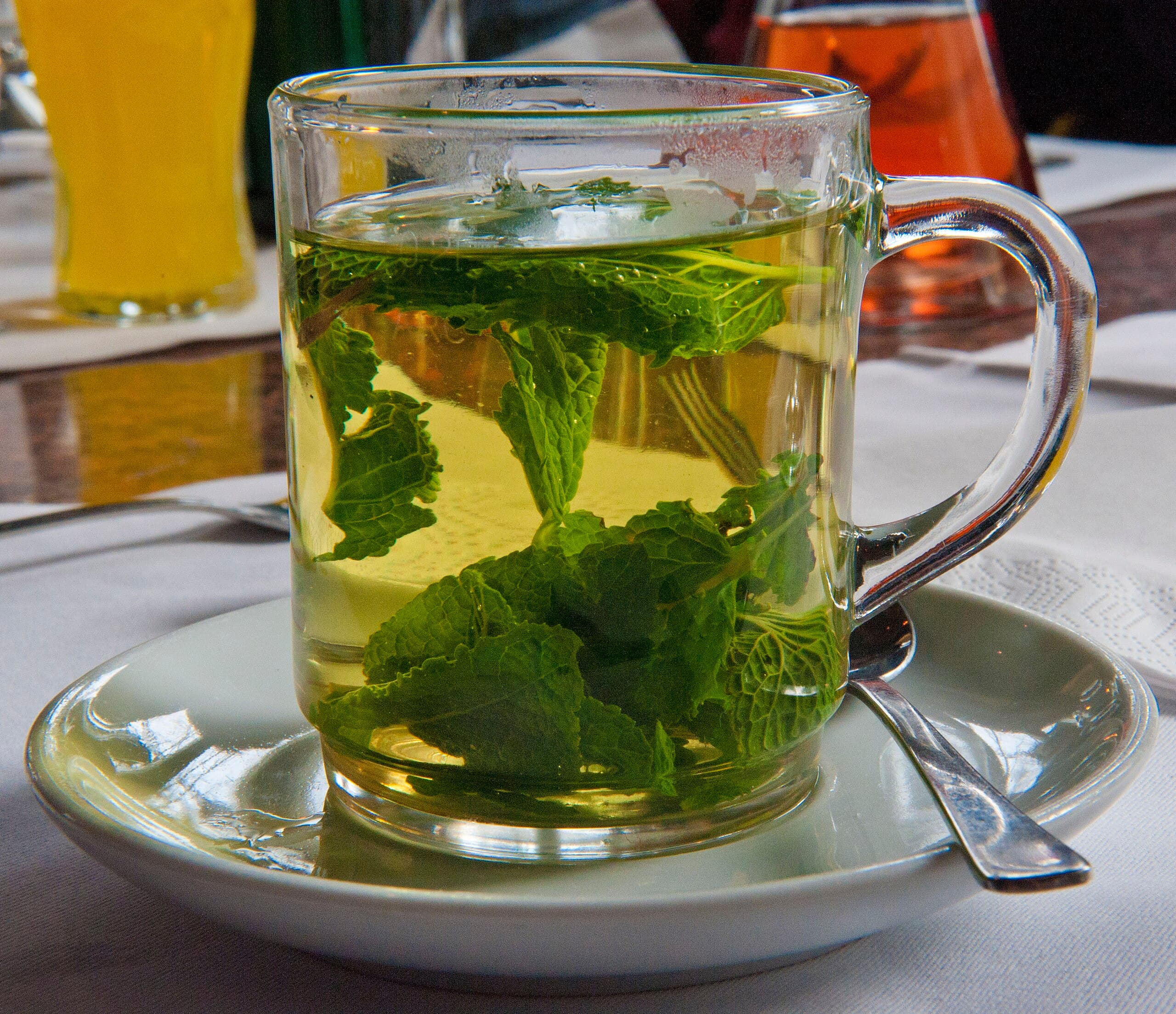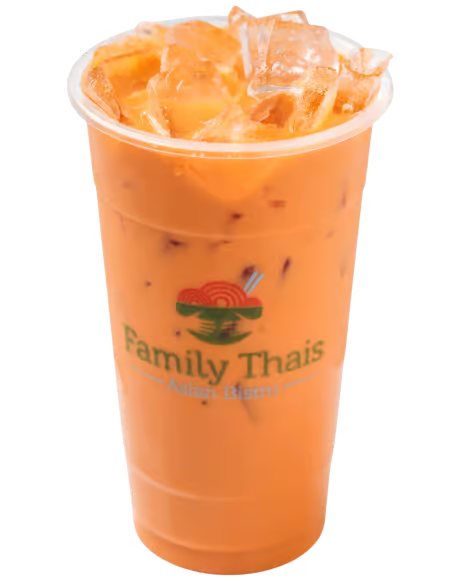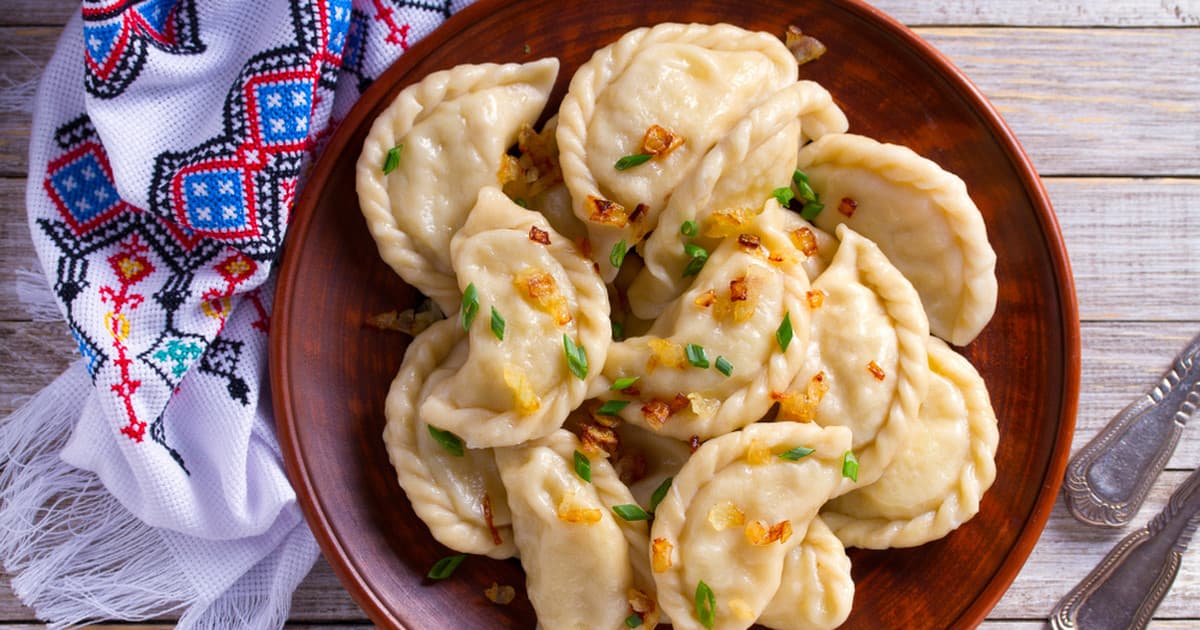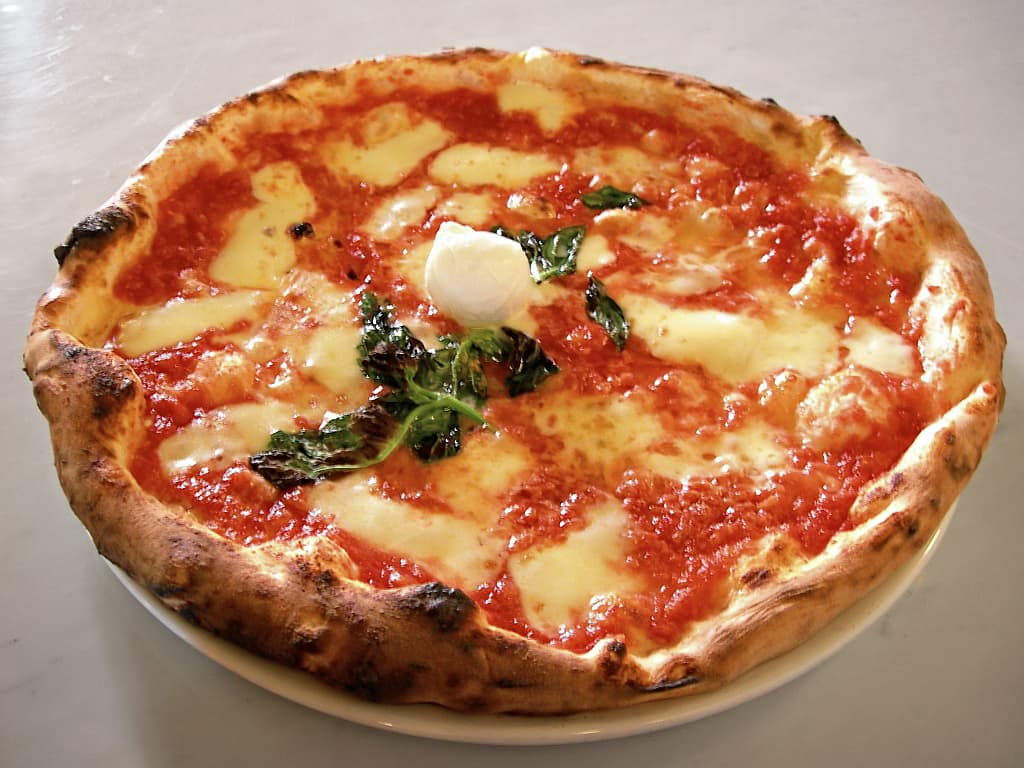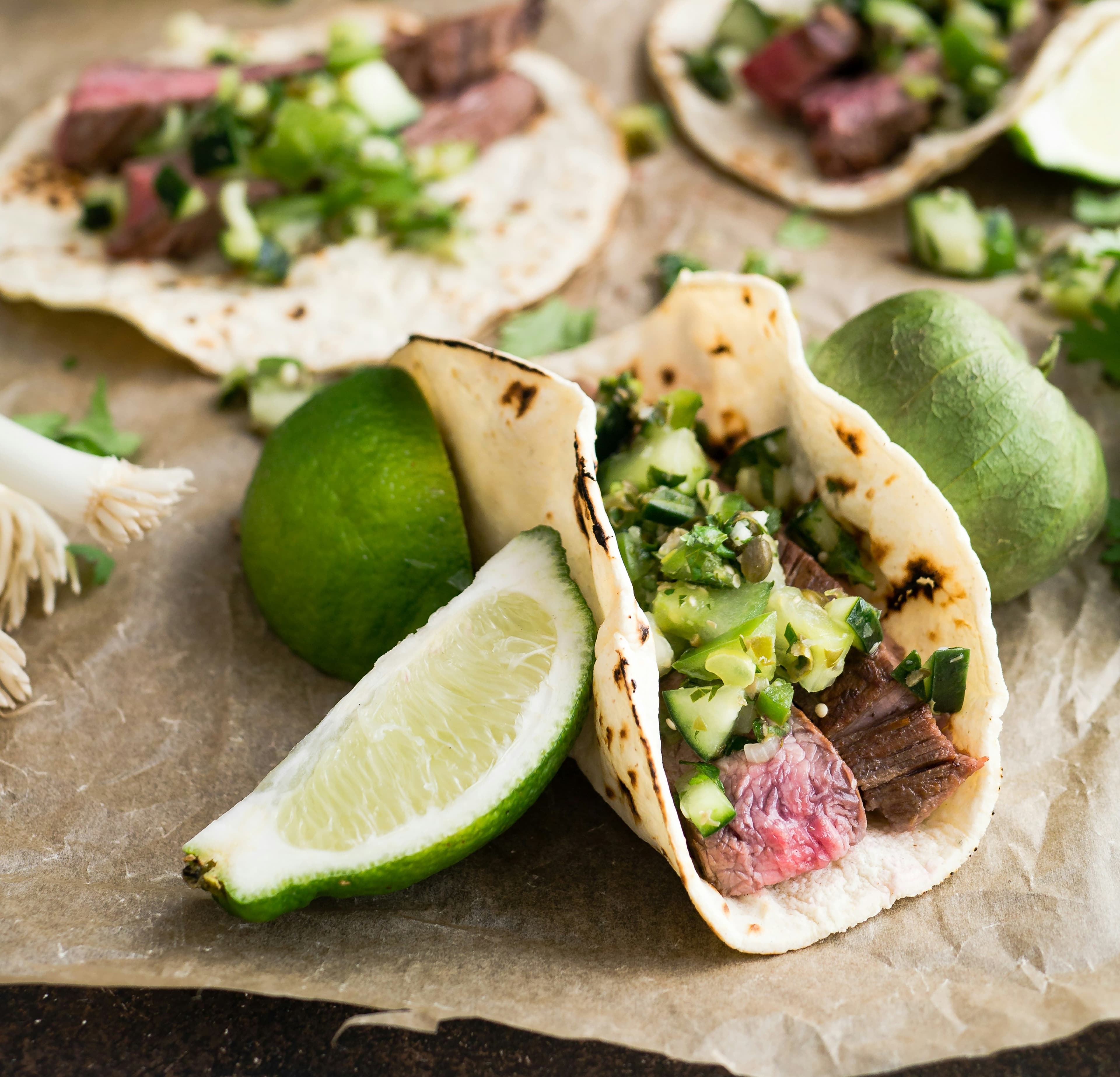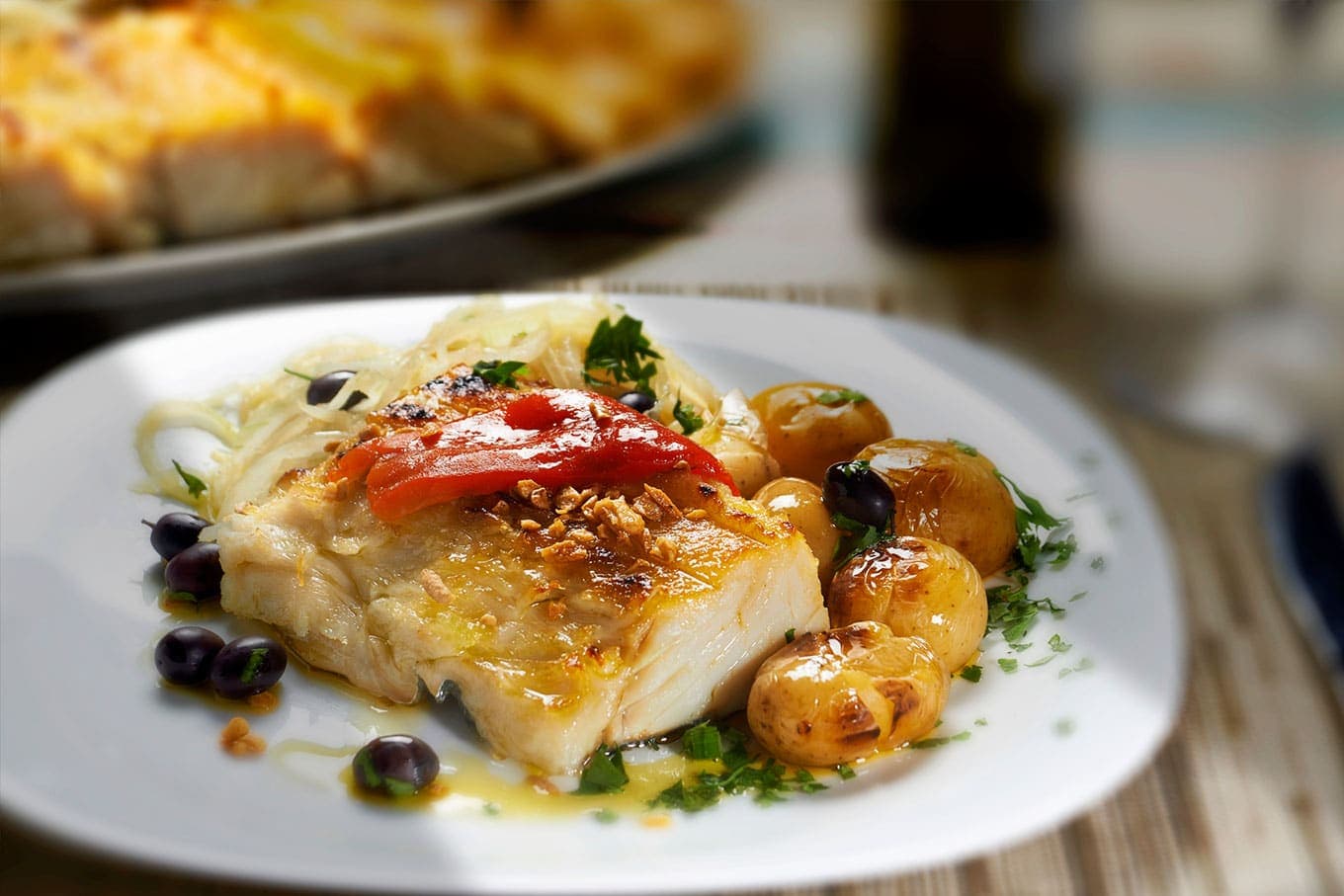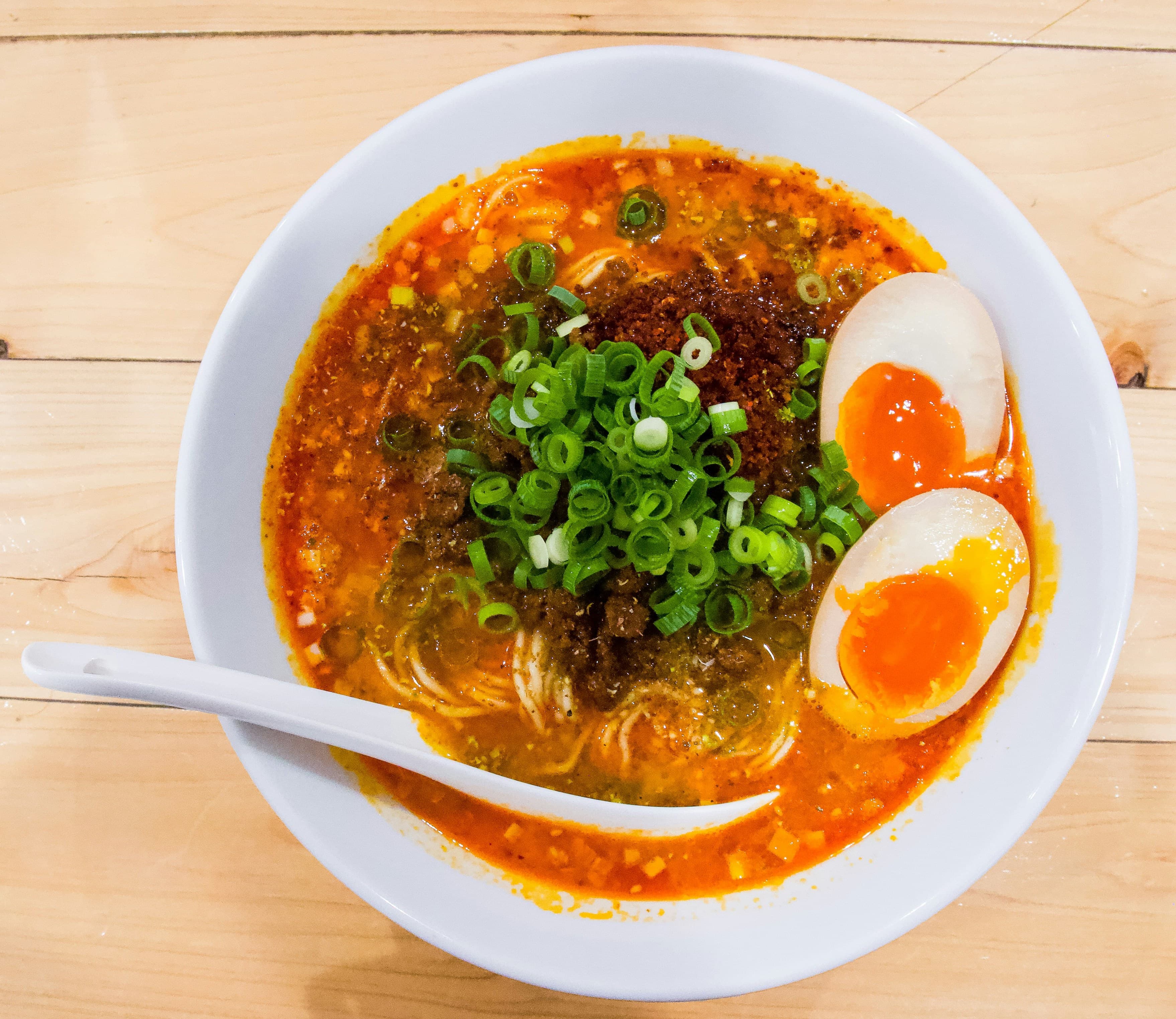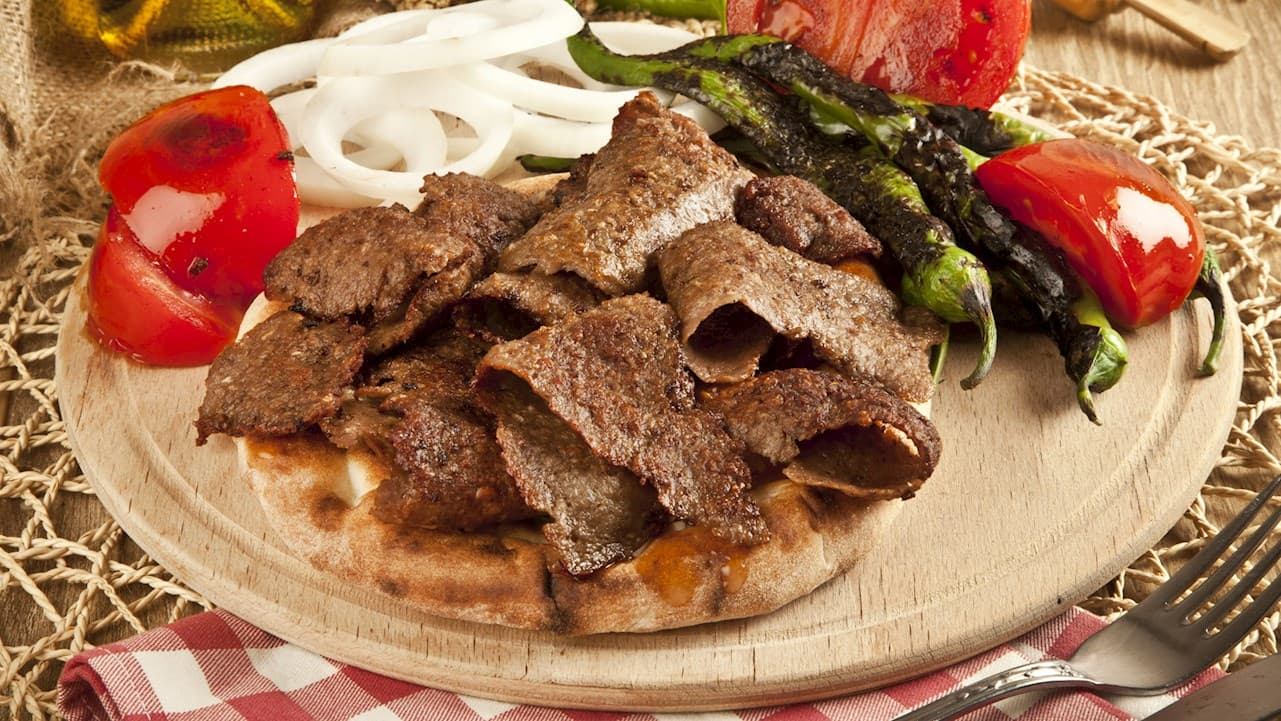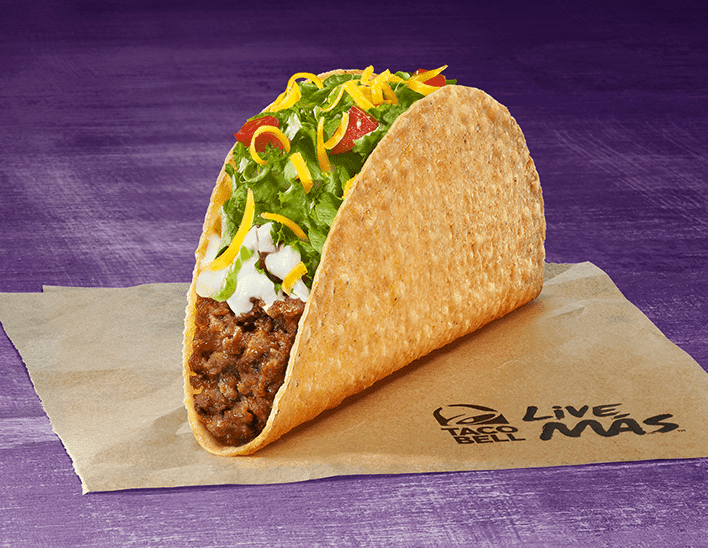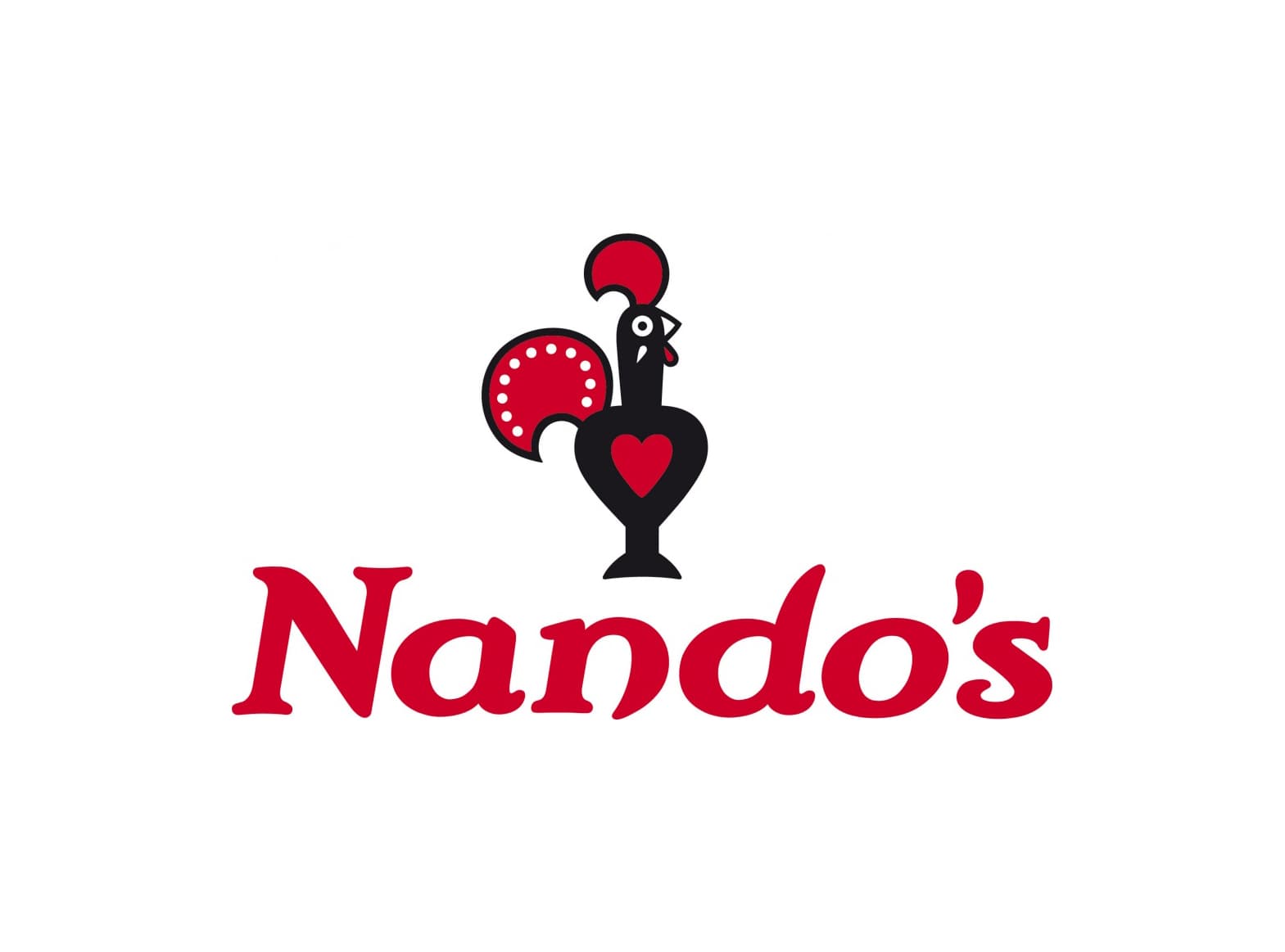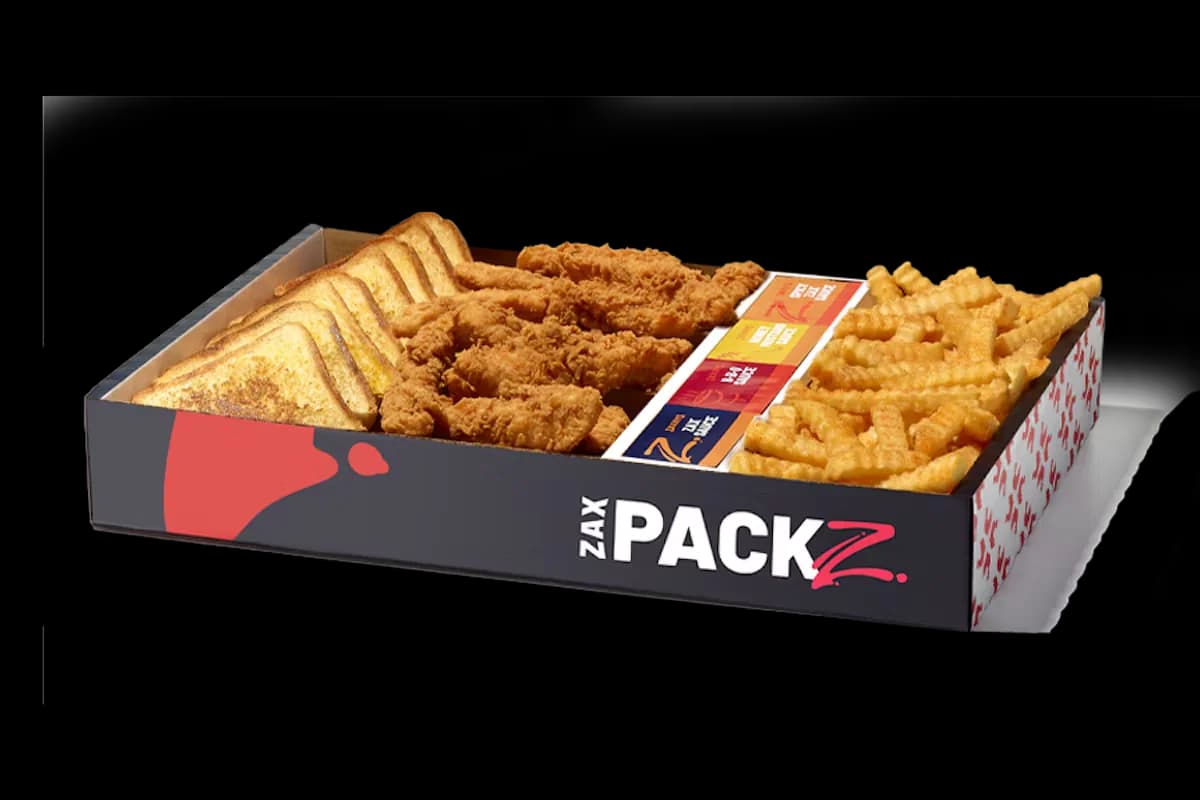Thai Cuisine vs. Japanese Cuisine
Thai Cuisine
Thai cuisine is all about bold flavors, fresh ingredients, and a balance of sweet, sour, salty, bitter, and spicy tastes. Every meal feels like a mix of contrasts that somehow just works. You’ve got fragrant herbs like lemongrass, Thai basil, and kaffir lime leaves, paired with staples like fish sauce, chili, and coconut milk. Rice is at the heart of it all—jasmine rice is common in central and southern Thailand, while sticky rice rules up north and in the northeast. Meals are usually shared. There’ll be a spread of dishes—maybe a curry, a stir-fry, a soup, and a salad—all eaten with rice in the middle. The idea is to balance flavors across the meal rather than in just one dish. You might get the rich creaminess of massaman curry alongside the sharp, spicy crunch of som tam (green papaya salad) and the comforting warmth of a clear broth like tom yum. Street food is a huge part of everyday life. Walk down any road and you’ll find vendors grilling skewers of marinated meat, tossing noo...
Japanese Cuisine
The Japanese cuisine has given us so much it's hard to even find a place to start. You've got your sushi, ramen, udon, edamame, mochi balls, tempura, soba, bento boxes, sukiyaki, gyoza, onigiri, yakisoba, miso soup... They could be number one on this list based on the sushi alone!
Reviews
Reviewed on 2/24/2025
Really spicy. Plenty of fresh ingredients and lots of variety. Famous for tom yum, pad thai, and curries. I find Thai cuisine, and especially their street food, exceptionally creative. Writing this makes me really miss Thai food. The only downside is that it can be too spicy for foreigners like me.

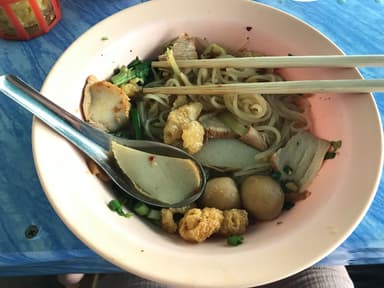
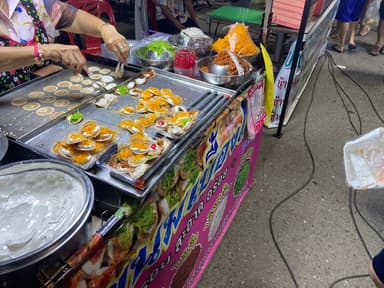
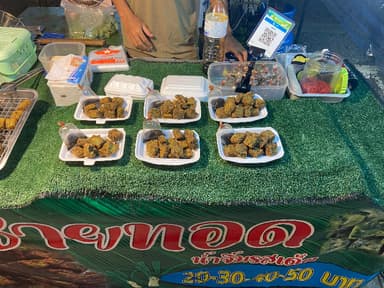

Reviews
| Item | Votes | Upvote |
|---|---|---|
| Very spicy | 2 | |
| Very flavorful | 2 | |
| Much affordable | 2 |
| Item | Votes | Upvote |
|---|---|---|
| Very spicy | 2 | |
| Can be hard on the belly | 2 |
| Item | Votes | Upvote |
|---|---|---|
| Super healthy | 1 |
| Item | Votes | Upvote |
|---|---|---|
| Expensive | 1 |
Frequently Asked Questions
Japanese Cuisine and Thai Cuisine both offer unique and delightful experiences. Japanese Cuisine is often praised for its health benefits and includes a wide range of dishes such as sushi, ramen, and tempura. However, it can be expensive. On the other hand, Thai Cuisine is known for its spiciness and flavor variety, featuring dishes like tom yum and pad thai. It is generally more affordable but can be very spicy, which some may find challenging. The choice between the two depends on your preference for flavors, spice tolerance, and budget.
Thai Cuisine is generally more affordable compared to Japanese Cuisine. While Japanese dishes like sushi and tempura can be quite expensive, Thai dishes such as pad thai and curries are known for being budget-friendly. However, the affordability can vary based on location and specific restaurants.
Japanese Cuisine is often considered to be healthier due to its emphasis on fresh ingredients, seafood, and balanced meals. Dishes like sushi and miso soup are known for their nutritional benefits. Thai Cuisine also uses fresh ingredients and offers a lot of vegetables, but it can be very spicy and sometimes oily, which might not suit everyone's dietary needs.
Thai Cuisine is significantly spicier than Japanese Cuisine. Thai dishes like tom yum and various curries are known for their intense heat and use of chili peppers. In contrast, Japanese Cuisine typically has a milder flavor profile, with dishes like sushi and ramen focusing more on balance and subtlety rather than spice.
Thai cuisine is characterized by bold flavors, fresh ingredients, and a balance of sweet, sour, salty, bitter, and spicy tastes. It features fragrant herbs like lemongrass and Thai basil, paired with staples such as fish sauce, chili, and coconut milk. Meals typically include a variety of dishes shared among diners, with rice at the center. Street food plays a significant role in Thai culture, offering a wide range of delicious options.
Pros of Thai Cuisine include its very spicy and flavorful dishes, as well as its affordability. However, some cons are that it can be very spicy and may be hard on the belly for some individuals.
Popular dishes in Thai Cuisine include tom yum soup, pad Thai, and various curries. Each region in Thailand offers its own specialties, such as khao soi in the north and fiery curries in the south.
The ambiance of enjoying Thai Cuisine is often lively and communal, with meals typically shared among friends and family. Street food vendors create a vibrant atmosphere, allowing diners to experience the bustling culture of Thailand while enjoying a variety of flavorful dishes.
Common ingredients in Thai Cuisine include jasmine rice, sticky rice, fish sauce, chili, coconut milk, and a variety of fresh herbs such as lemongrass, Thai basil, and kaffir lime leaves.
Pros of Japanese Cuisine include that it is super healthy. Cons of Japanese Cuisine include that it can be expensive.
Popular dishes in Japanese Cuisine include sushi, ramen, udon, edamame, mochi balls, tempura, soba, bento boxes, sukiyaki, gyoza, onigiri, yakisoba, and miso soup.
Japanese Cuisine is considered healthy due to its emphasis on fresh ingredients, balanced meals, and cooking methods that preserve nutrients. Dishes often include fish, vegetables, rice, and soy products, which contribute to a nutritious diet.
Yes, Japanese Cuisine can be expensive, especially when dining at high-end sushi restaurants or ordering specialty items. However, there are also more affordable options like ramen shops and casual eateries.
